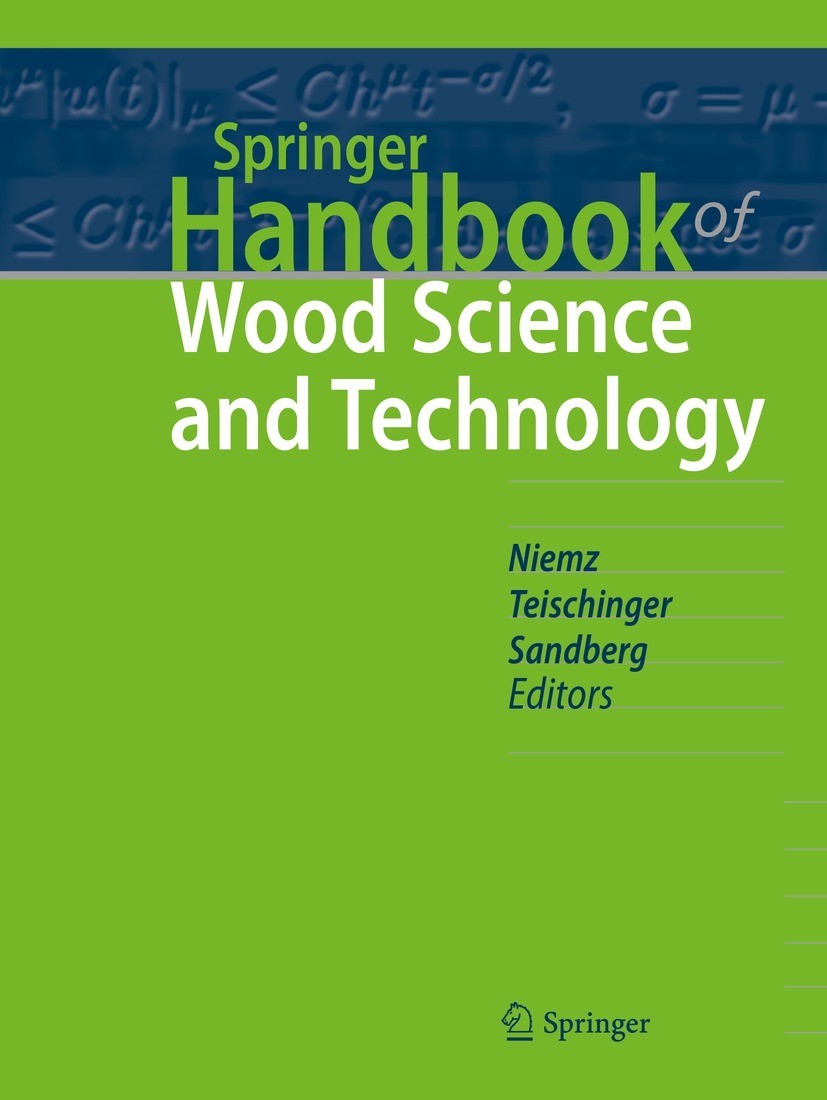A multi-scale modelling strategy to determine the effective elastic properties of Pinus pinaster (Ait.) accounting for variability
Abstract
Multi-scale numerical homogenisation strategies have been used in the recent years to efficiently compute the effective elastic properties of heterogeneous materials. Coupled with a stochastic approach, they can be applied to natural material such as wood to take into account the variability of their properties. In the case of Pinus pinaster (Ait.), available elastic properties are based on those of generic softwood species due to a lack of data in the literature, reducing the overall precision of the results. This paper proposes an efficient numerical framework based on both a general numerical homogenisation method and the well-known Monte Carlo approach to determine the equivalent elastic properties at the macroscopic scale, with the associated variability, of the Pinus pinaster (Ait.) species. The coherence of the numerical model is established by comparison with analytical and experimental results available in the literature. The obtained results reveal very good accuracy in terms of equivalent elastic properties with a macroscopic behaviour characterised by an orthotropic symmetry. Moreover, the influence of the distance from the pith on the equivalent macroscopic elastic response is highlighted.



 求助内容:
求助内容: 应助结果提醒方式:
应助结果提醒方式:


